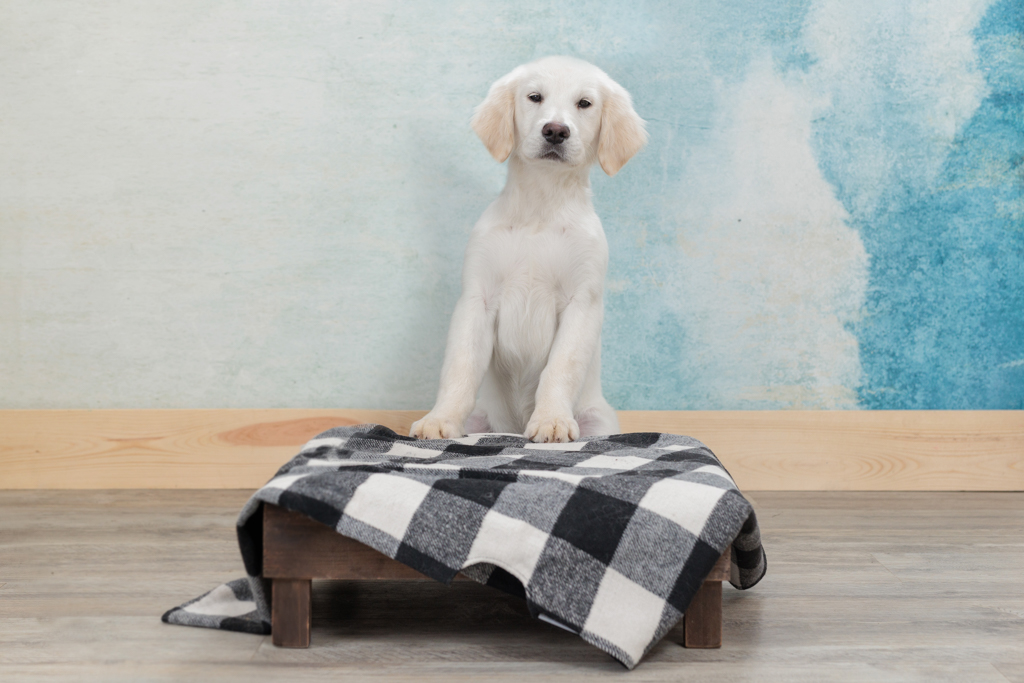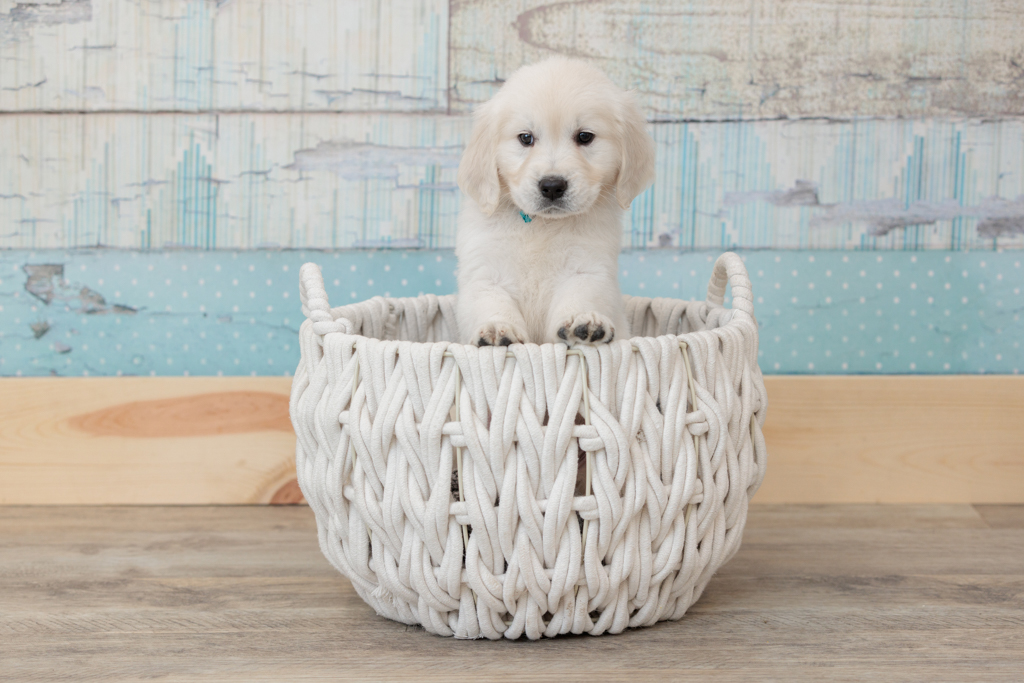Golden Retrievers are one of the most beloved dog breeds in the world, and their beautiful coats are one of their most distinctive features. From classic gold to caramel, chocolate, and red, Golden Retrievers come in a wide range of colors that make each dog unique. In this article, we will explore the genetics and characteristics of each Golden Retriever’s coat color to help you understand them better.
Understanding the Genetics of Golden Retriever Coat Colors
Golden Retrievers are among the most popular dog breeds, known for their friendly nature and beautiful coat colors. The genetics behind their coat colors have been studied extensively by scientists, and it is now understood that there are three main genes that control the color of their coat. The first gene controls the intensity of the color, the second gene determines whether the coat will be black or brown, and the third gene controls the distribution of the color. By understanding these genes, breeders can selectively breed dogs to produce desired coat colors, and pet owners can better understand the genetics behind their furry friends.
Classic Golden Coat
The classic golden coat is the most common and recognizable color for Golden Retrievers. This beautiful color ranges from a light cream to a deep golden color, and it’sthe B locus gene determines it. The classic golden coat has a thick, water-repellent texture that requires regular grooming to keep it healthy and shiny. The classic golden Retriever is friendly, loyal, and intelligent, making them a popular choice for families and service dogs.
Light Cream Coat
The light cream coat is the lightest shade of gold and is often mistaken for white. The B locus gene determines this beautiful color. Cream Golden Retrievers have a thick, soft coat that is easy to maintain and sheds moderately throughout the year. The light cream Golden Retriever has the same friendly and outgoing personality as their classic golden counterparts, making them an excellent choice for families.
Caramel Coat
The caramel coat is a unique and stunning variation of the classic golden coat. The B locus gene determines this warm, rich caramel color and can range from a light, creamy caramel to a darker, almost chocolatey caramel color. Their warm and rich tones make them stand out among other Golden Retrievers, and they are sure to turn heads wherever they go.
Golden Red Coat
The golden red coat is a distinct variation of the classic golden coat that emerges from a combination of the B and E locus genes. This hue is usually characterized as a warm, rich gold with red undertones, and it can vary from a light, nearly coppery gold to a darker, more reddish gold. The golden red coat has a thick, water-resistant texture that necessitates regular grooming to maintain its health and shine. Their majestic look sets them apart from other Golden Retrievers, and they are certain to draw attention everywhere.
Dark Golden Coat
The dark golden coat is a deep and rich variation of the classic golden coat. This shade ranges from a dark, almost mahogany color to a rich, reddish-brown color, and it’sthe B locus gene determines it. The deep tones of the dark golden coat give them an air of sophistication and elegance, making them stand out from other Golden Retrievers. Their thick, water-repellent texture requires regular grooming to keep it healthy and shiny, but it’s worth it for their striking appearance.
Light Golden Coat
The light golden coat is an exquisite and fragile version of the classic golden coat. This color spectrum spans from an almost white hue to a pale, creamy yellow; the B locus gene influences it. The light golden coat has a plush and fluffy texture that necessitates consistent grooming to maintain its health and shine. Their delicate appearance and amiable personality make them a favored choice among families.
English Cream Coat
The English Cream Coat is a variation of the Golden Retriever that originated in Europe. This beautiful color ranges from a light, almost white color to a pale, creamy yellow, and it’s the B locus gene determines it. The English Cream Coat has a thick, soft texture that requires regular grooming to keep it healthy and shiny. Their charming and friendly personality makes them popular for families and therapy dogs.
Chocolate Coat
The chocolate coat is a unique and rare variation of the classic golden coat. This stunning shade is a rich, deep brown color that is determined by the B locus gene. The chocolate coat can range from a light, milk-chocolaty brown to a darker, almost black chocolaty brown. Their rich and unique color makes them stand out from other Golden Retrievers, and they are sure to make a statement wherever they go.
Red Coat
The red coat is a beautiful and unique variation of the classic golden coat. This shade ranges from a warm, reddish-gold to a deep, rusty red, and it’s B locus gene determines it. Red Golden Retrievers have a thick, water-repellent texture that requires regular grooming to keep it healthy and shiny. Their striking appearance and friendly personality make them a popular choice among families.
How to Choose Golden Retriever
When it comes to picking a golden retriever, it’s important to do your research and find a reputable breeder. Look for a breeder who health tests their dogs and has a good reputation in the community. Consider the temperament of the dog and ensure they have been socialized properly. It’s also important to ensure you have the time and resources to care for a golden retriever, as they are a high-energy breed requiring daily exercise and attention. With proper care and training, a golden retriever can make a wonderful addition to any family.
Final Thoughts
Golden Retriever coat colors are determined by genetics and can range from classic gold to caramel, chocolate, red, and more. Each color has its unique beauty and characteristics that make them stand out from one another. Regular grooming is essential for maintaining a healthy and shiny coat, but it’s worth it for their stunning appearance. Golden Retrievers are loyal and intelligent pets and beautiful and unique companions. Understanding the genetics and characteristics of each Golden Retriever coat color can help you choose the perfect pet for your family.
Looking for an English Cream Golden Retriever for sale? Look no further than Majestic Manor Goldens! Contact us today to learn more about our available puppies and find your perfect furry companion. Don’t miss out on the chance to bring home a beautiful and loving Golden Retriever! Check out our current litter!









